
[ad_1]
Anybody who walks into Vaibhav Patel and Aastha Maheshwari Patel’s Vadodara residence is definite they aren’t within the coronary heart of Gujarat anymore, however as a substitute, up north within the Kashmir Valley. The scent of saffron — spicy notes with hints of honey — is accountable. As you stroll into the house, a devoted area boasts a purple bloom of saffron flowers.
Watching this sight unfold on this residence set-up is unusual when one is accustomed to seeing it within the sprawling fields within the Pampore district of Kashmir — India’s solely saffron-producing centre whose pure highlands and loamy soil are nice hosts to the crop.
The district’s love affair with the spice began within the fifth century BC, and right now, over 20,000 households are engaged in saffron farming right here. Touted as ‘the brand new silver’ due to the profitable costs it fetches within the world market, the spice is eyed by all — from smugglers to royals, typically blurring geopolitical traces because it travels the world over.
Loved in summer season drinks and biryanis and set on the toes of gods in temples and gurudwaras, it suffices to say that saffron finds love in laymen and deities alike. Poems and songs of the Sixteenth-century poet Habba Khatoon, often called the ‘Nightingale of Kashmir’, glorified the pink threads of saffron.
Every tradition, it appears, finds favour in its distinctive flavour. And now, a Vadodara couple has managed to decode the thriller of learn how to develop it at residence.
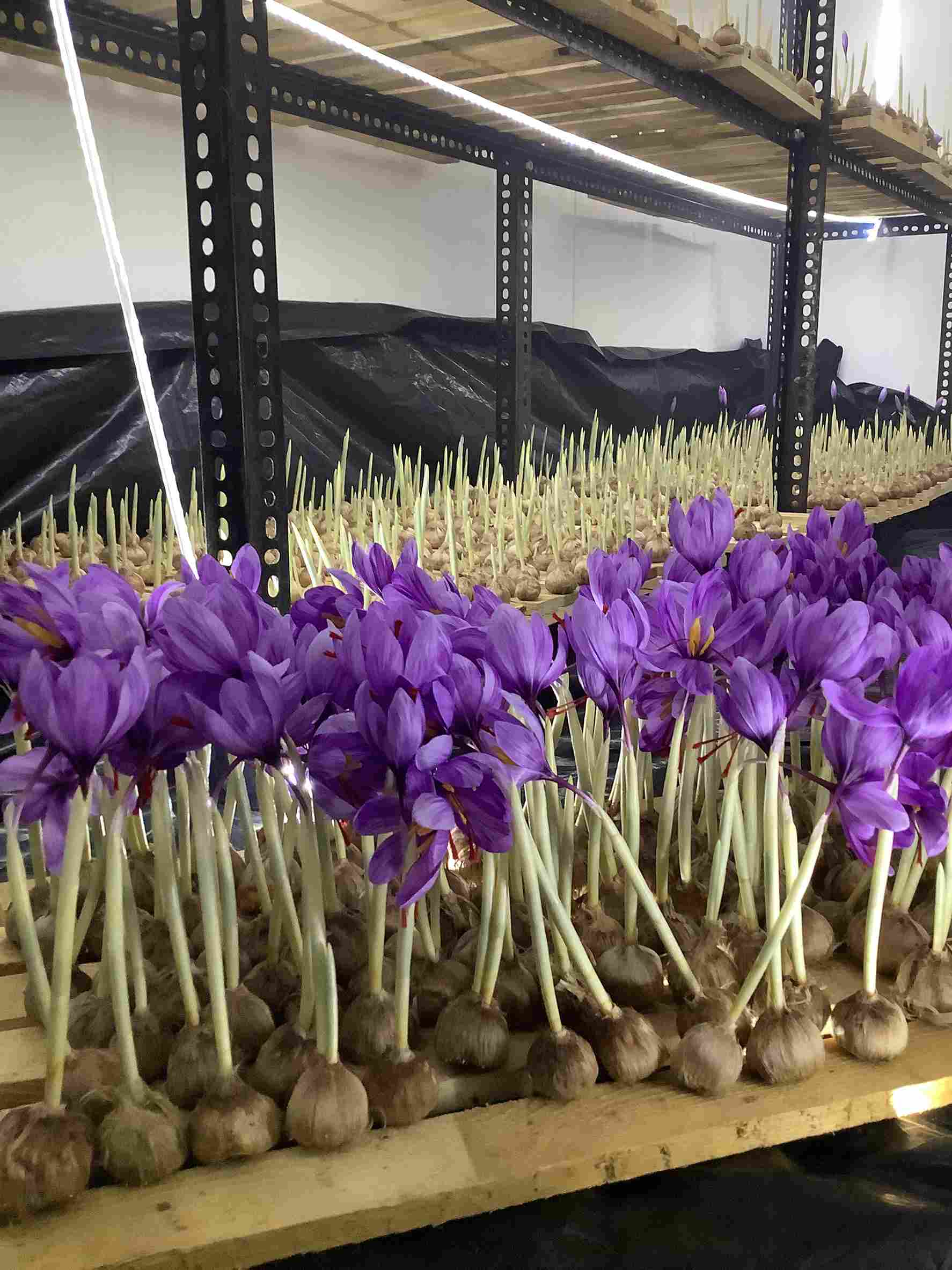
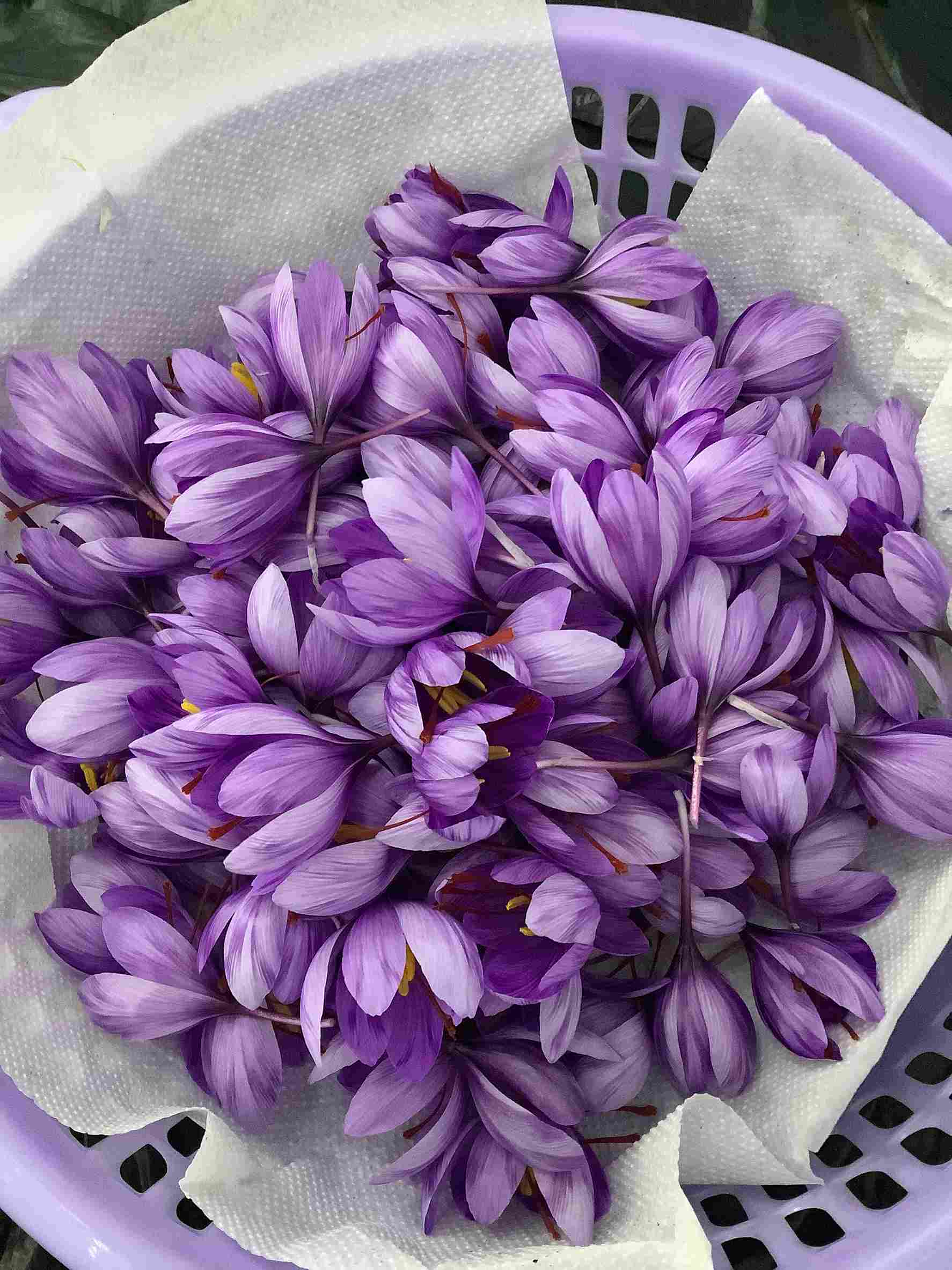
A saffron haven in Gujarat
A analysis specialist and a inventory market skilled respectively, Aastha and Vaibhav’s skilled experience is tangential to gardening. However the duo is all up for experimenting. “In 2022, we acquired all for technological farming. It’s profitable and caught our consideration,” explains Vaibhav.
The early months of the yr have been fraught with studying about hydroponics, aquaponics and aeroponics. “That’s really after we stumbled upon saffron and the way it may be grown by means of aeroponics.”
The crop’s premium nature would make for good economics, the couple figured. Vaibhav’s exploits within the gardening area went on for months earlier than he believed he was able to make the leap. “Go massive or go residence” was the philosophy the couple adopted, as they recall their very first order, a daring resolution to buy 400 kg saffron seeds from Kashmir.
The magnitude of the duty at hand dawned on Vaibhav the second he noticed the supply at his doorstep. “My first thought was that if one thing goes unsuitable; it’s going to be a catastrophe.”
However months later as they’d their very first harvest, they have been all smiles. Right here’s the journey to that time.
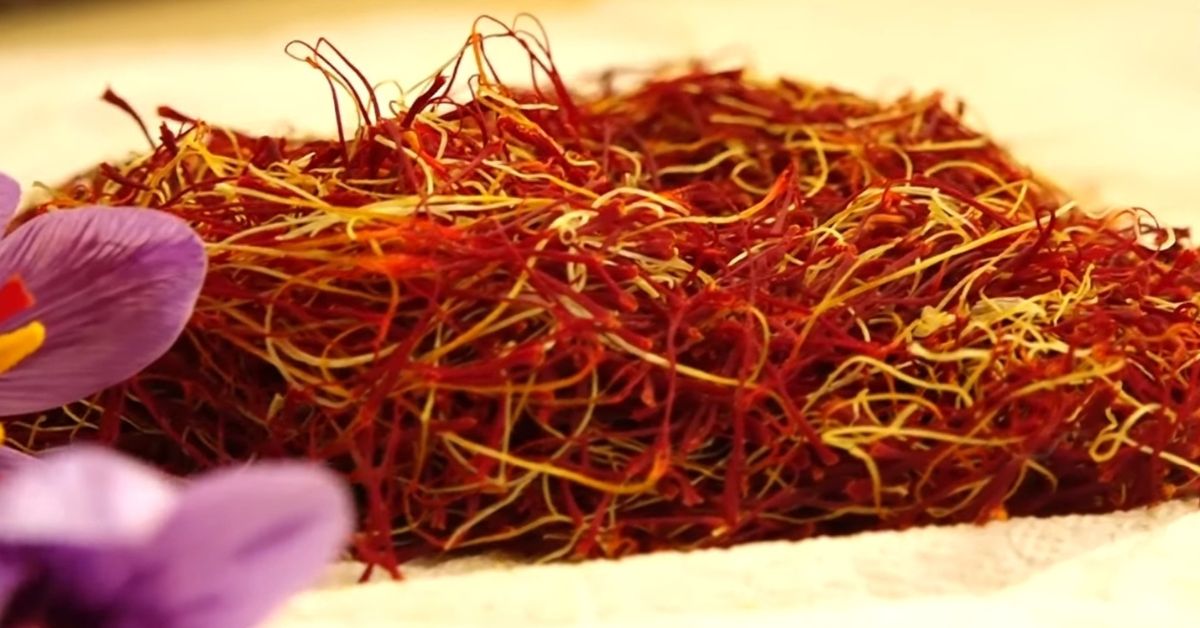
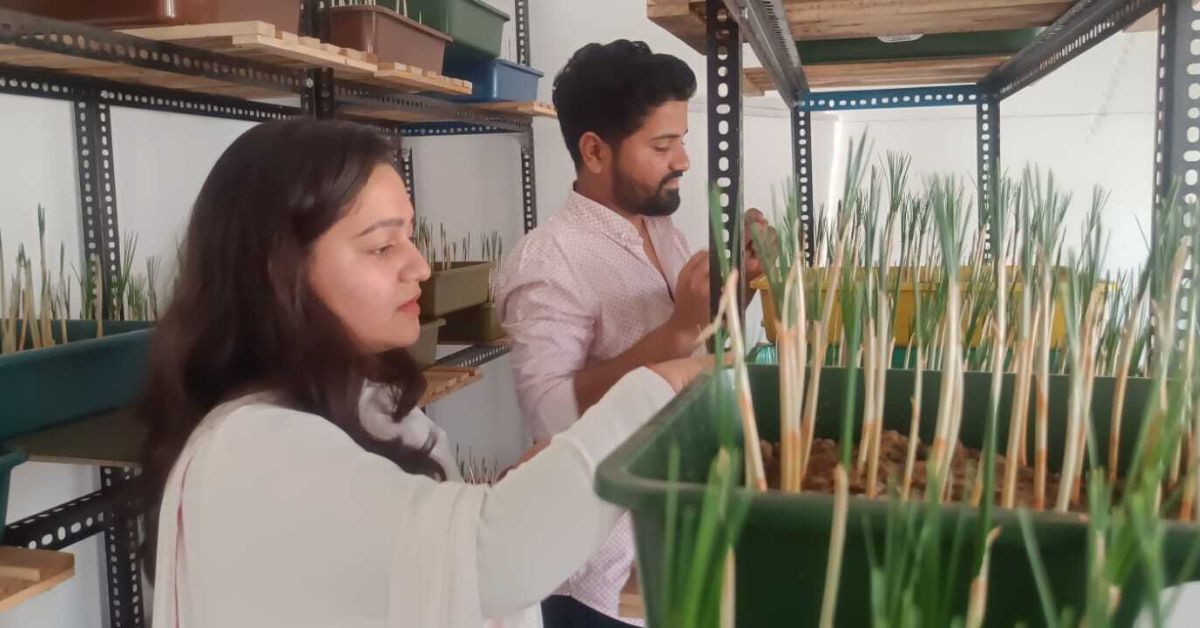
Steps to rising a dear spice
Step 1: Setup your area
As soon as the order was positioned, the couple busied themselves with getting ready a ten x 10 ft room of their residence for the seeds to flower. However whereas residence growers deal with this, they typically overlook the following apparent step, says Vaibhav. “Even I made this error,” he provides, “I fully forgot to arrange an area the place I might put the seeds as soon as I had harvested the primary batch of flowers.”
For the reason that seeds require to be positioned within the soil after the flowers have been plucked, he advises establishing an space the place you may guarantee this.
Step 2: Test the seeds
A protracted journey from Kashmir to Gujarat is tiring for the seeds. Dormant throughout journey, they have a tendency to draw moisture, which will get collected of their outer layers. “As soon as the seeds arrive, that you must guarantee they’re properly aerated to eliminate the moisture or fungus will set in,” cautions Vaibhav.
Checking out the seeds is an ordeal. They must be checked by hand and smelled to catch any rot that has set in. “Even one seed with fungus can have an effect on the entire batch,” he warns.
Step 3: Divide the batch
Sorting by means of the seeds leaves you with the great ones and the unhealthy. You discard the unhealthy ones and proceed with silvering the great ones. “On this step, the tail-like portion on the high of the seed is reduce off,” says Vaibhav.
He provides that these seeds are then divided into two batches. “One batch is put into soil trays and the opposite in wood trays on slotted angle racks. Each the setups are saved in a room the place the temperature is stringently managed.”

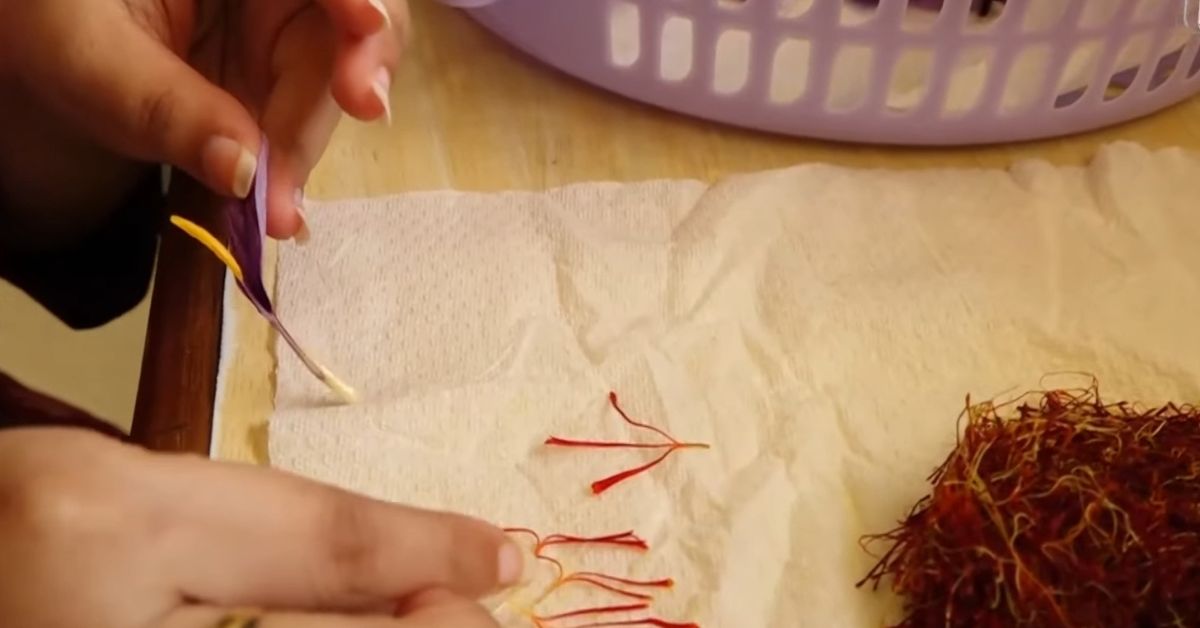
The purpose is to imitate the climes of the Valley, because the seeds solely flower at a selected temperature. Elaborating on how they managed to attain this, Vaibhav says “The temperature within the room must be decreased step by step simply as if winter is coming to Kashmir. We’re basically making an attempt to make the seeds really feel at residence. So, we begin at 25 levels Celsius and step by step drop the temperature to 5 levels by means of the following 4 months till harvest.”
Step 4: Pluck the flowers
The purple bloom conveys the harvest is prepared. Every flower includes petals, the stamen and the stigma. “Every of those elements has a special use. The petals are used within the beauty business, the yellow stamen is used within the textile business for dyeing, and the stigma is the pink saffron.”
Step 5: Place the seeds again into the soil
“As soon as the flowers have been plucked out, all of the seeds are positioned again into the soil to allow them to flower once more,” says Vaibhav, including that the cycle that started on 15 August was accomplished on 1 November 2023.
“Be sure that you water the seeds each 7 to 10 days, and never exceed this,” he informs. As soon as it’s August, the flowers will probably be harvested once more. “Thus, you see, every bulb has a lifetime of a decade and rising saffron is a one-time funding.”
Why historical past loves this ‘pink gold’
If there’s one spice that’s historical past’s favorite, it must be saffron. Legends inform of how Cleopatra bathed with it and Alexander the Nice used it to heal battle wounds. Value is not any bar it appears as some merchants in Kashmir get a good-looking Rs 2 lakh per kg in accordance with an article in The Financial Instances.
The article sheds gentle on how “the world’s costliest spice” isn’t each nation’s cup of tea. Iran produces 95 % of the world’s saffron and Kashmir an ideal margin too. The spice’s demand for a sure local weather means not each nation is beneficial for progress.
The truth that it takes one lakh flowers to supply one kg of saffron (and all the course of have to be performed by hand) provides to its expense. And farmers in Kashmir have mastered the artwork.
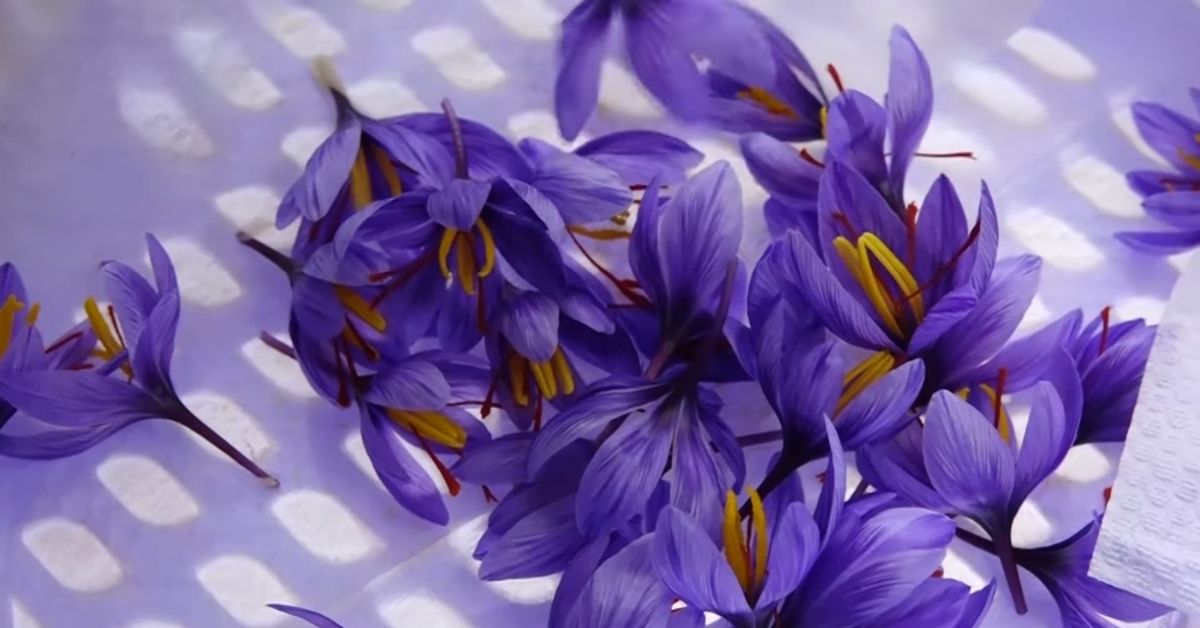
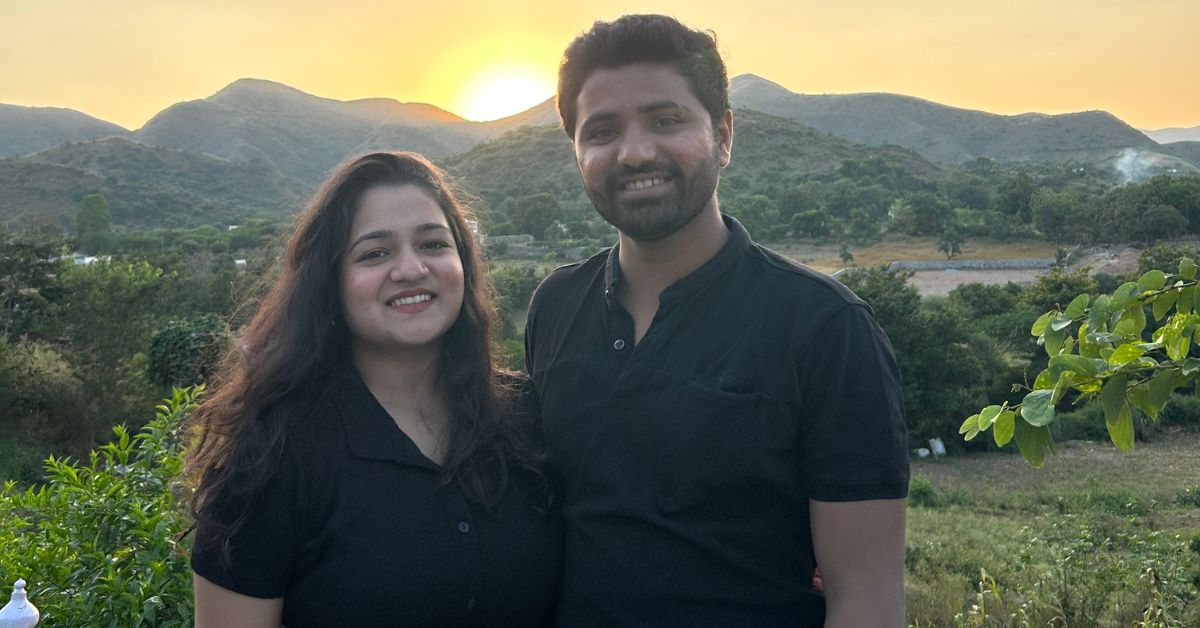
It’s mentioned that out of a complete of 5,707 hectares of land below saffron cultivation in Kashmir, greater than 90 % is within the Pampore tehsil of Pulwama district in South Kashmir. In 2020, the Valley rejoiced because the GI tag was given to Kashmiri saffron making it unlawful for somebody exterior the valley to make and promote an analogous product below the ‘Kashmiri saffron’ title.
The saffron grown within the Valley is of three sorts — ‘Lachha Saffron’ is the variability the place stigmas simply separated from the flowers are dried with out additional processing; ‘Mongra Saffron’ is the variability the place stigmas are indifferent from the flower, dried within the solar, and processed historically; and ‘Guchhi Saffron’ which additionally doesn’t contain the stigmas being processed. As a substitute, they’re dried and joined in a bundle tied with a material thread.
The one which the Patels are rising is the second selection.
“Our first harvest was an experiment,” Vaibhav emphasises. However profitable all the identical. Every gram of the pink threads fetched the couple Rs 700. As for the highway forward, they’re assured they’ll broaden gross sales implementing the learnings of the earlier harvest.
Edited by Pranita Bhat
[ad_2]